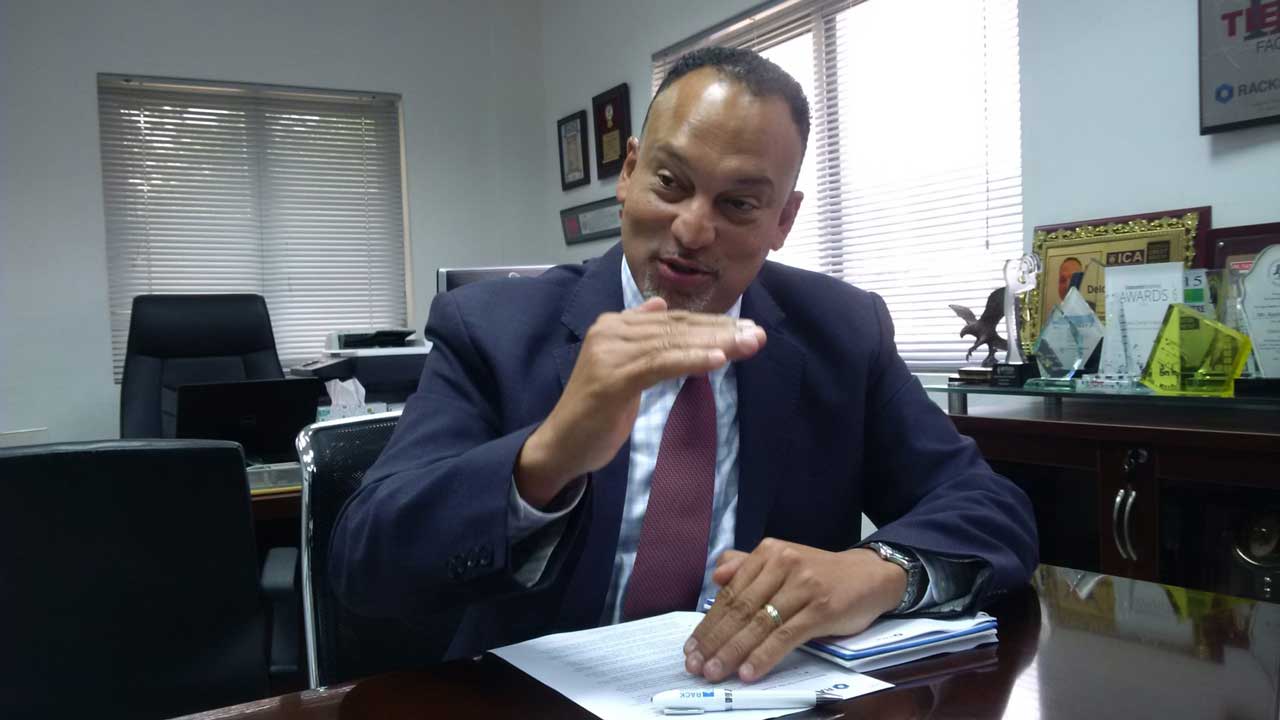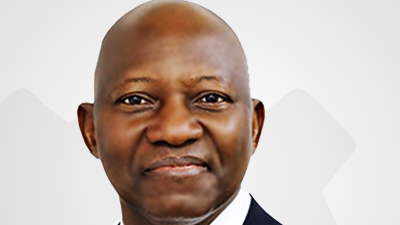
As part of its expansion plans, Open Access Data Centres (OADC), a subsidiary of WIOCC Group, has committed an additional $240 million in investment to expand its data centre in Lagos.
OADC said with the investment, it will upgrade the data centre, situated in Lekki, to 24 megawatts by 2027, to serve as the landing station for Google’s Equiano subsea cable in Nigeria. The centre currently operates about 1.5 megawatts (MW) of its planned capacity, which became operational two months ago.
The firm said the project will be executed in two phases, with the first 12MW set to be completed within 18 months, adding that the expansion is part of a broader $500 million investment plan, announced in 2021 to develop data centre infrastructure across Africa.
Speaking with journalists in Lagos, Chief Executive Officer, Ayotunde Coker, said the firm remained focused on deepening its investments in Nigeria and other parts of Africa.
“One-megawatt capacity of a data centre costs about $10 million. We are building 24 megawatts, which is about $240 million – a huge investment,” he said.
Coker disclosed that the project will be backed by international finance partners, including the International Finance Corporation and Proparco, a development finance institution and subsidiary of the Agence Française de Développement Group
According to him, the financing is structured as a sustainability-linked debt, with pricing tied to WIOCC’s (its parent company) commitment to improving the energy efficiency of its data centres and obtaining EDGE green building certification for them.
“It’s a massive investment with huge capital requirements. We were among those who announced sustainability-linked financing. Meeting sustainability targets allows us to access additional funding, which keeps us accountable,” he stated.
Coker noted that the goal is to become a data centre hub for West Africa, saying that OADC, which is a Tier III-certified facility is designed with a 33,000-volt power supply and an 11kV distribution network, ensuring dedicated transformers and power distribution rooms per phase.
According to him, OADC, which operates data centres across Africa, said its Lagos facility is critical to Nigeria’s digital infrastructure, supporting cloud services, content delivery, and enterprise connectivity.
“The project timeline is about 18 months, though projects like this typically take more than two years due to the complexity of design and execution,” the CEO stated.
Coker said the company is also exploring further expansion in Nigeria and other African markets, including the Democratic Republic of Congo and South Africa.
“OADC said it is positioning itself as a key player in Africa’s growing data centre market, driven by increasing demand for cloud computing, AI workloads, and improved internet access.
“The company has data centres in operation and development in Lagos, Nigeria; Kinasha, DRC; and four in South Africa across Johannesburg, Durban, and Cape Town,” he stated.
According to him, securing reliable power is one of the biggest challenges for hyperscale data centres. He affirmed that OADC has developed a multi-faceted energy strategy to address this challenge, integrating traditional and renewable energy sources for long-term sustainability.
“The Lagos facility will initially connect to EKDC’s dedicated transmission line, feeding into OADC’s power farm. As the campus scales, a second transmission link from the HR substation will be added, ensuring redundancy and reliability. Additionally, OADC is exploring Independent Power Producer (IPP) solutions using gas-based energy, leveraging Nigeria’s abundant gas resources to reduce reliance on diesel generators.
“Renewable energy integration is also a key focus. While on-site solar generation is limited due to space constraints, OADC is evaluating power-wheeling options to source hydroelectric and solar power from external locations. This model, already implemented in South Africa, could help enhance the facility’s environmental, social, and governance (ESG) credentials,” he stated.






